Supply Chain Risk in Python: Termcolor and Colorama Explained
NetmanageIT OpenCTI - opencti.netmanageit.com

SUMMARY :
A suspicious Python package named termncolor was discovered, which imports a malicious dependency called colorinal. This multi-stage malware operation leverages DLL sideloading to decrypt payloads, establish persistence, and conduct command-and-control communication, ultimately leading to remote code execution. The attack begins with the execution of terminate.dll, which decrypts and deploys two files: vcpktsvr.exe and libcef.dll. The malware achieves persistence through a registry entry and gathers system information. It communicates with a C2 server using Zulip traffic patterns for disguise. The threat actor's profile and activities on the Zulip platform were analyzed, revealing patterns in their tactics and behavior.
OPENCTI LABELS :
pypi,python,supply-chain,persistence,dll-sideloading,c2-communication,zulip,termncolor,colorinal
AI COMMENTARY :
1. Supply Chain Risk in Python: Termcolor and Colorama Explained In the rapidly evolving world of Python development, reliance on open source packages is widespread. The recent discovery of a suspicious package named termncolor on PyPI highlights the critical importance of validating each dependency. What initially appeared to be a harmless update of the popular termcolor library instead proved to be a multi-stage malware operation capable of executing remote code. This blog article examines how simple trust in package names can be exploited, the mechanics of the attack, and what security teams can learn from this incident to strengthen their defenses.
2. Discovery of the Malicious Termncolor Package The incident began when a security researcher noticed unusual import behavior in a Python environment after installing termncolor. Instead of loading the expected termcolor module, termncolor imported a malicious dependency called colorinal. This secondary package served as the entry point for a series of malicious components designed to evade detection. The deceptive naming convention capitalized on the similarity to an established library, luring developers into unknowingly introducing malware into their projects.
3. Multi-Stage Malware Operation and DLL Sideloading Once colorinal was loaded, it executed a critical component named terminate.dll. This file decrypted two additional payloads: vcpktsvr.exe and libcef.dll. The technique employed is known as DLL sideloading, which abuses the Windows loader search order to execute a malicious DLL in place of a legitimate one. By malware authors adopting this tactic, the defense posture of many environments that are not strictly locked down for application loading is weakened, allowing unauthorized code execution under the guise of a trusted binary.
4. Establishing Persistence and System Reconnaissance After successfully decrypting and deploying the payloads, the threat actors established persistence by creating a registry entry that ensured vcpktsvr.exe would run on system startup. The malware then gathered detailed system information, including operating system version, network configuration, and installed security products. This reconnaissance phase informed the attackers of the environment they had compromised, allowing them to tailor subsequent actions and evade sandbox or virtual machine detection heuristics.
5. Command-and-Control Communication Disguised as Zulip Traffic To blend in with legitimate network flows and evade automated detection, the malware communicated with its command-and-control server using traffic patterns that mimicked the Zulip messaging platform. By querying and sending data in a format similar to Zulip API calls, the threat actors reduced the likelihood of raising alerts from network security monitoring tools. This subterfuge served to maintain a stealthy channel for issuing commands, updating the payloads, and exfiltrating data.
6. Profiling the Threat Actor on the Zulip Platform Analysis of the C2 infrastructure revealed that the adversary had registered accounts and engaged with the Zulip community to refine their communication patterns. Behavioral profiling showed consistency in tactics, techniques, and procedures across multiple campaigns, pointing to a single threat group specializing in supply chain attacks. This insight into the attacker profile underscores the value of threat intelligence sharing and community monitoring for early detection.
7. Recommendations for Mitigation and Defense in Depth Preventing similar attacks requires a combination of vigilant dependency management, runtime protection, and network monitoring. Organizations should enforce strict code signing policies for critical binaries, adopt software composition analysis tools to detect typosquatting packages, and implement application allow-listing to prevent unauthorized DLL loads. Network defenses should be tuned to flag anomalous traffic patterns and inspect encrypted streams for signs of protocol mimicry. By layering these controls, security teams can disrupt the kill chain at multiple stages and reduce the risk posed by supply chain compromise.
OPEN NETMANAGEIT OPENCTI REPORT LINK!
Use public read only username and password on login page.
NOTE : Use Public READ only user credentials on login page banner.
Supply Chain Risk in Python: Termcolor and Colorama Explained


